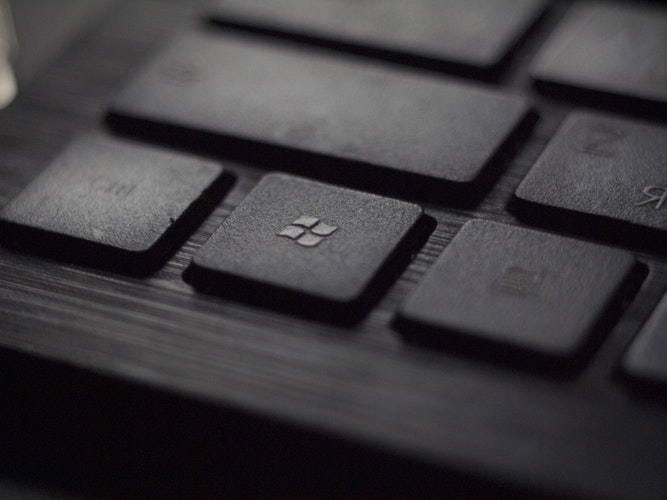Microsoft finished 2018 as the world’s most valuable company and they recently announced a huge milestone; Windows 10 is now running on over 800 million active devices. However, since its release in 2015 and subsequent 6 versions, a significant portion of Windows 7 users decided against upgrading to the latest operating system.
Moreover, Windows 7 still has a third of the market share for operating systems. This is despite it being released in 2009. In fact, according to Net Share, Windows 10 only overtook Windows 7 as the most popular operating system in December 2018 (with a 39.22% and 36.90% market share respectively).
But like all operating systems before it, Windows 7 will eventually reach the end of its life-cycle. Microsoft ended mainstream support in January 2015. The extended support of Windows 7 will end on the 14th January 2020. This makes an upgrade for your computer an essential task for the safety of your PC as Microsoft won’t be delivering any additional security patches to the older OS.
Microsoft will be offering additional paid support plans for Windows 7, though this will only be available to businesses. Also, as with previous versions of Windows, the price will double each year after the expiration date. The pricing is as follows:
Windows 7 Extended Security Updates:
- Year 1 (January 2020 through January 2021): Windows 7 Pro is $50 per device, Windows Enterprise (add-on) is $25 per device.
- Year 2 (January 2021 through January 2022): Windows 7 Pro is $100 per device, Windows Enterprise (add-on) is $50 per device.
- Year 3 (January 2022 through January 2023): Windows 7 Pro is $200 per device, Windows Enterprise (add-on) is $100 per device.
So, there you have it. In less than a year Windows 7 support will stop. If you haven’t already updated to Windows 10, you should probably consider doing it sooner rather than later.




